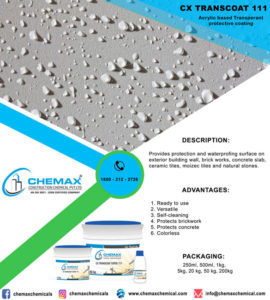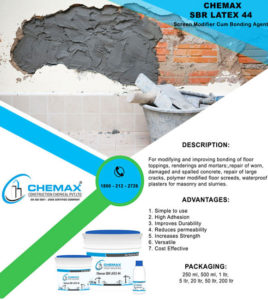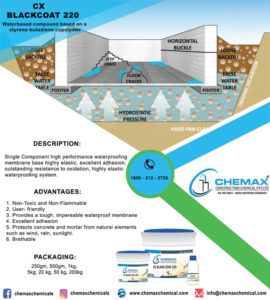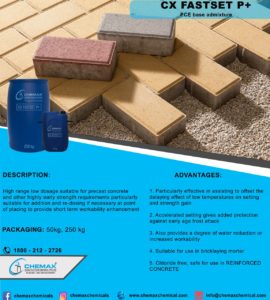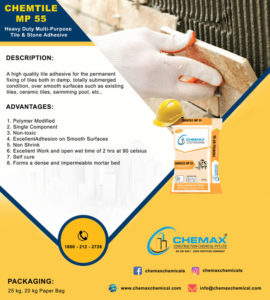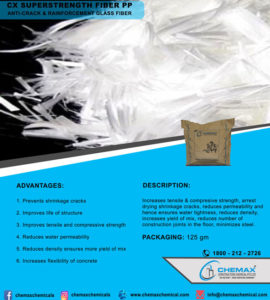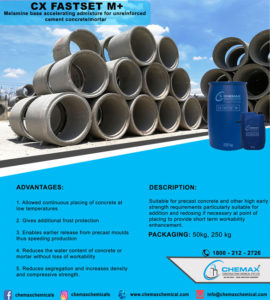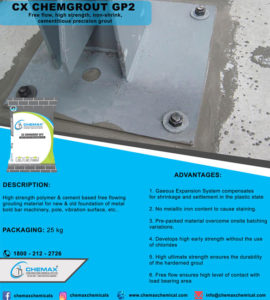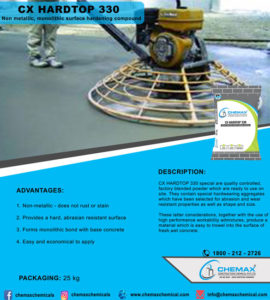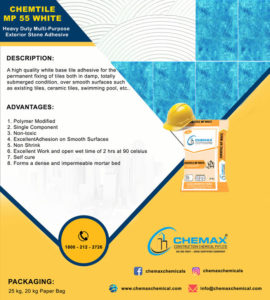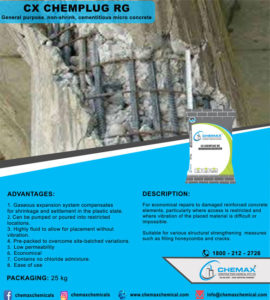What is the Strongest Type of Concrete?
Prepared mixture Concrete is a ready-mix, which is an aggregate of various materials mixed together and then formed into a shape suitable for use in building. The various varieties of concrete and their strengths are covered in this article.
The Standard Grade of Concrete
The most popular and reasonably priced variety of concrete is called standard grade. Sand, gravel, and Portland cement are combined to make it. The compressive strength of concrete in the standard grade is roughly 2,500 psi. In order for the concrete to support the weight of the floors, walls, and beams it will be supporting, it must have this strength. Additionally, it has the lowest slump rate of all the grades, enabling solid wall-to-floor connections. Home construction projects are a good fit for the Standard Grade of Concrete. This grade of concrete can be used on a variety of surfaces, including precast, cast in place, and poured in place.
Larger-scale commercial projects, such as driveways and walkways, can also use Standard Grade. Because it is less expensive than the higher grade varieties, it is frequently utilized in multi-story buildings. This kind of concrete can be used for projects ranging from tiny patio surfaces to substantial driveways and parking areas, and it can be used both indoors and outdoors.
What are the Properties of Concrete?
Emulsion, aggregate, and water are the ingredients of concrete. The kind of concrete is determined by the precise ratios of these components. Three different materials are usually used to make concrete: crushed stone, gravel, and sand. The qualities of concrete are also influenced by the type of cement used.
The most common ingredients in concrete are sand and gravel. Together, they create the matrix that binds the other ingredients. Because it can withstand compression, concrete is strong and long-lasting, which is why roads and buildings frequently use it. To increase the density and weather resistance of concrete, crushed stone can also be added. There are three main varieties of concrete:
Portland cement concrete (PCC): Portland cement, crushed stone, and sand are the ingredients of this kind of concrete. Its strength is derived from its high density, which also raises its cost.
Aggregate concrete: This kind is composed of two or more components, such as aggregate and a binder like slag or fly ash. Its primary drawback is its propensity to settle with time. This implies that in order for buildings made of aggregate-concrete structures to continue to function as intended, ongoing maintenance is required.
Cast-in-place concrete: Because it doesn’t require formwork, this kind of concrete is frequently used for structural foundations, particularly those that will be exposed at ground level. The process involves pouring the ingredients into a mold, which is typically precast or manufactured in a factory.
Concrete block: Similar to cast-in-place concrete, this kind of concrete is made straight from molds and doesn’t need any extra help. Because blocks can be made with various grades of aggregate, such as crushed stone, sand, and/or cement, their dimensional strength can vary. Most blocks are measured using their width and thickness.
Hollow concrete forms (HCF): these are created by pouring layers of concrete into a steel container. Due to the joints between the layers, they give exterior walls strength. More architectural details can be included in these forms than in poured concrete.
What makes concrete stronger?
Cement, sand, and gravel are combined to make concrete. The strength of the concrete is dependent on how these ingredients are combined. Since it gives the concrete its hardness and elasticity, cement is the most crucial component. The concrete is held together and prevented from cracking by the addition of gravel. Sand adds texture and keeps things from breaking. Three to five cubic yards of concrete are needed to make a standard concrete block wall. In the event that the wall is being constructed in a basement, one or two cubic yards might suffice. Sometimes, if the space is small and your foundation is deep enough to support the wall’s weight, you can get away with using as little as 1.5 cubic yards.




